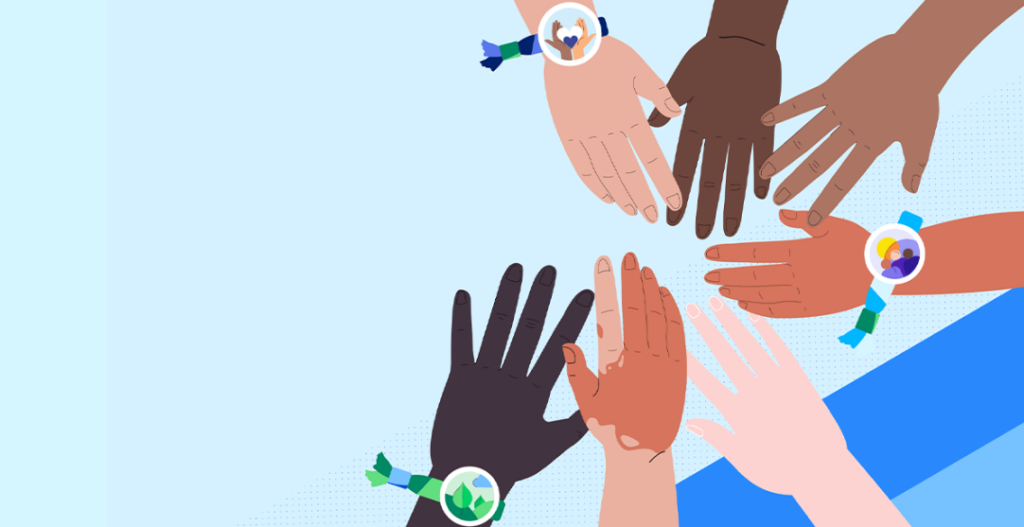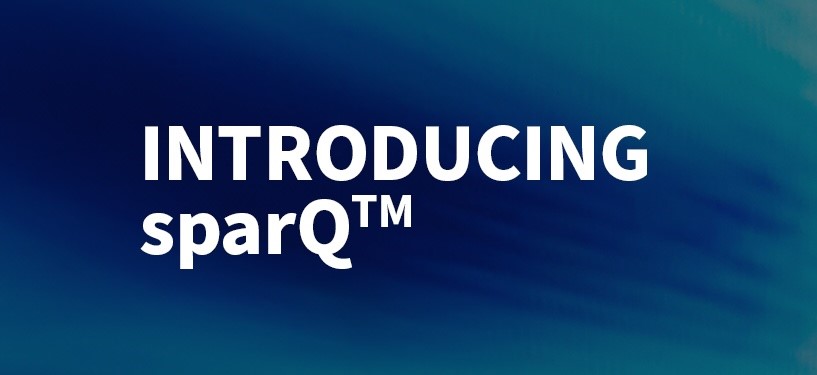“My daughter graduated from Natick High School last year. When people hear that news, they automatically ask which college she is attending. I then very quickly need to explain that she has significant special needs and that she is instead enrolled in an age 18-22 program. These programs are designed to help neurodivergent talent determine what life skills and career options are best for their personal and professional success. We have been very fortunate to have great work opportunities at Babson College and the Metrowest YMCA. Jordan loves working and the feedback from all involved from her job coach to her co-workers and supervisors has been outstanding.”
What is neurodiversity?
The word neurodiversity was coined by sociologist, Judy Singer. “Neurodiversity refers to the virtually infinite neuro-cognitive variability within Earth’s human population. It points to the fact that every human has a unique nervous system with a unique combination of abilities and needs.” Neurodiversity is most associated with autism, though the term includes many other neurological or developmental conditions. Neurodiversity in the workplace is currently a hot topic – many businesses have been making more of an effort to be more inclusive towards underrepresented groups. Awareness of the low level of full-time employment among neurodiverse people has been increasing, which may be a driving force behind this.
With around 15-20% of the global population being neurodivergent, a rough estimate for the U.S is around 50-70m people with some form of neurodivergence. Most neurodivergent people are on a spectrum with conditions varying from person to person. The effects of these conditions can also change over time and people often show signs of multiple types of neurodivergence.
Types of Neurodiversity
Autism is the most commonly known and referred to neurodivergent condition, but there are a number of others. ADHD, Dyslexia, Dyspraxia and Dyscalculia are many unique genetic conditions. This Exceptional Individuals page provides other examples and information about the conditions.
Each of the different conditions may require specialized training and support. It’s important therefore, to have someone that understands these needs and can work towards trying to accommodate them.
The Neurodiversity Movement
There is a movement that started through grassroots organizations and amongst people interested in social change to ‘normalize’ neurodiversity.
Their idea is to view neurodiversity as a valuable part of society, rather than a sort of mistake of nature. According to the movement, we should improve the quality of people’s lives to leverage their abilities as opposed to assuming their attributes would distract from work outcome and successes.
One of the main aims of the movement is to eradicate stigmas associated with neurodiversity conditions. There are other aims though, such as raising awareness that social and medical misunderstandings have affected many neurodiverse people negatively.
Something else to take into consideration is language. There’s not one preferred way of referring to those with neurodiverse conditions. There are disability advocates that prefer person-first language (e.g. ‘a person with autism’), but many people in the autistic community prefer identity-first language (e.g. ‘an autistic person’). Because there isn’t a ‘correct’ way of referring to it, the best advice is to check what the individual prefers.
Neurodiversity conditions in the workplace
Why is there an increasing focus on neurodiversity in the workplace? One reason is that companies have been trying to do more to improve their D,E & I (diversity, equity and inclusion). They’re making more of an effort to include those with neurodiverse conditions in their recruitment drives. As a result, there’s more conversations about inclusion, what it entails and what you can do as an employer to ensure you’re being inclusive towards those with neurodiverse conditions.
Harvard Medical school has identified a number of things you can do to make your workplace more inclusive for those with neurodiverse conditions. Sensory needs may need some adjusted accommodations, so provisions such as quiet spaces, screen filters, noise-cancelling headphones etc. might be necessary to provide them with a good work environment. Speech-to-text software can also be useful for digital communications and sometimes, using imagery or diagrams can be more helpful than text.
Being as clear as possible when communicating is something else that can help. Neurodiverse people often have difficulties with forms of communication that neurotypical people use regularly, such as jokes, euphemisms, sarcasm etc. As a result, it’s best to stick to being clear and direct, use short sentences and closed questions, if possible.
The trade union, Prospect, have an ‘Organizational checklist for neurodiversity‘. This checklist provides an approach for supporting those with neurodiversity, proven to work for many companies, as well as a range of advice on challenging the stigma and general advice on recruitment, selection and promotion, training and development and how to help them fulfil their potential.
Prospect also provided an example list of reasonable adjustments. This list shows what you can do to accommodate those with neurodiverse conditions in the workplace.
Advantages of employing neurodiverse people
By considering people with neurodiversity conditions, you’re increasing the pool of potential candidates for your vacancies. There have been examples of processes that took several hours to complete by neurotypical people, being reduced to a few minutes thanks to neurodiverse people. The differences in their thought processes and skills can make them valuable team members.
They might be able to identify new methods of working or inefficiencies that otherwise get overlooked. There’s also a link between neurodiversity and certain in-demand skills such as AI, robotics and STEM.
Another factor to consider, is that the unemployment rate for neurodiverse people is high. In the U.S, analysis by Deloitte shows that as many as 85% of those with autism are unemployed. This means there’s a untapped pool of talent to choose from. There’s also approximately 5.4m adults with autism in the U.S and many people in these groups have skills that are in high demand. If companies can make some minor adjustments, they may be able to fill positions that normally pose a challenge.
This Forbes article highlights a number of reasons why employing neurodivergent people can be beneficial for everyone. It references a number of companies, such as CVS and Microsoft who have stories of how those with certain disabilities have proved their value in the workplace.
There’s still a lot of work to do regarding neurodiversity in the workplace. If, however, companies can make some adjustments and ensure teams have a basic understanding of neurodiversity and how to make accommodations, there should be no more barriers to employing more people with neurodiverse conditions. As an added bonus, companies will have larger, more skilled talent pools to choose from.
“There has never been a better time for an individual with unique skills and attributes to be considered as a valuable part of an organization. Loyalty, retention and a consistent enthusiasm to go to work is what I see from Jordan and her peers, and it is a miss not to consider this valued resource today .”



